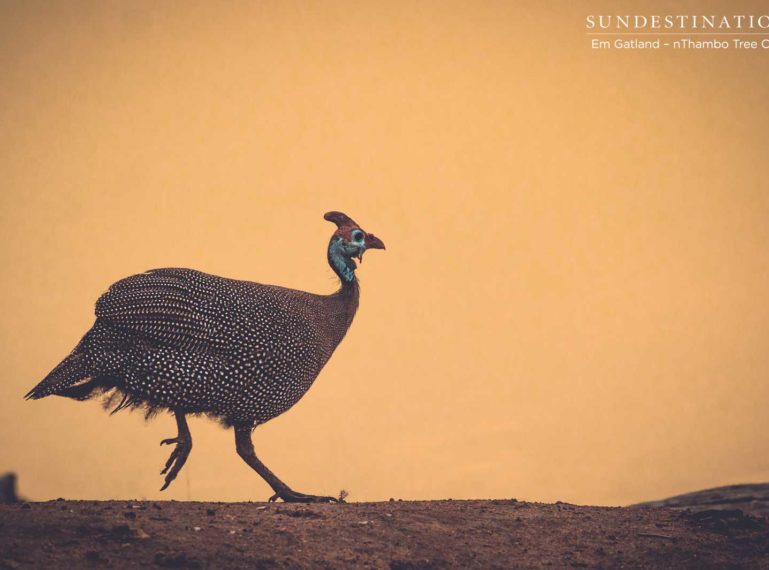
I’m a typical child of the 90s, one that cried 14 year-old tears into my kiwi-strawberry Esprit when Kurt Cobain met his untimely death in 1994. I was also the iconic 90’s kid that became annoyed when my favourite cassette stretched and fluttered into oblivion. I had to sit for hours with a pen, trying to wind my music back into a semi-playable state. It was a finicky procedure that required patience and a steady hand. Cassettes and pencils were the surgical implements of the 90s, which was the last great decade of musical genius (opinion) and all things vinyl and non-computer related.
The 90s was an interesting era when it came to music. Our music reflected the attitude of an emotionally charged and confused generation – what was happening in society and sub-cultures was happening in our music. Here we were, hovering on a bridge connecting the pop-loving conservative baby-boomer generation with rebellious future generations. The 90s saw an emergence of gut-wrenching grunge, ska, ballads and emotional lyrics. We combined generations, we carved our path and, quite frankly, we invented “emo”.
So, just what does the 90s have to do with the bushveld? Pretty much everything. The bushveld has its own tune, one that breathes life into weary souls and makes your brain dance to the natural hum of your surrounds. Because if you listen carefully, you’ll find that the ‘veld holds a bounty of beats. Birdsong, reverberating roars, high-pitched cackles and stomping – it’s all there if you listen carefully. The sounds of the Kruger could easily have been a billboard hit in the hybrid music of the 90s.
While listening to my old school playlist of 90’s hits, it occurred to me that each and every song can be likened to a commonly spotted animal spotted on safari. Slap on a bit of Michael Learns to Rock and enjoy a welcome respite from our wildlife stories, lodge events and predator updates. Kid’s of the 90s, this one’s for you.
* some of the songs might be teetering on the edge of the 80’s/2000’s.
1. Poker Face – Lady Gaga
Buffalo (Dagha Boys)
Buffalo have perfected the art of the sociopathic death stare, with their eyes and general body posture giving no indication of when they will charge. An elephant, lion and even leopard have textbook behaviour indicators that are considered warning signs. Buffalo do nothing. They charge suddenly and rapidly reach speeds of up 60km per hour, earning them the nickname “black death”. The most unpredictable characters are the ageing bulls that have been ousted from their herd because they’re past their prime. Bulls spend their days wallowing in mud, and are thus referred to as “dagha boys” – the colloquial name derived from a Zulu word meaning mud. These bulls are temperamental and no longer have the protection of the herd, making them the most dangerous of the big five animals.
2. Where is My Mind? – Pixies
Guinea Fowl
Referred to as the bush chicken because of its wide distribution and abundance, the guinea fowl is a curious and strange fowl. The guinea fowl has zero idea of how to hold its line while running. The attractive fowl darts back and forth in a helter-skelter manner, seemingly with no idea of its next move. There is method in this madness – predators battle to predict the bird’s next move, making it difficult for them to stalk and approach their quarry.
3. Man! I Feel Like a Woman – Shania Twain
Female Hyena
The female hyena has a pseudo-penis that looks like a male’s genitalia, but she’s actually all woman! You’d be forgiven for mis-identifying the sex of a hyena when spotting one in the wild – it can be confusing, especially because the pseudo-penis is often larger than the male’s genitals. The pseudo-penis is actually part of the females’ birth canal, which means she is not a hermaphrodite.
The birth canal is far narrower than the size of a hyena cub at full term, which means many cubs born to first-time mothers are deprived of oxygen at birth and do not survive. A second pregnancy will most likely result in a successful birth because the canal has stretched into position. The female hyena possesses more testosterone than any other female mammal – no wonder they’re the dominant ones within clans!
4. Get the Party Started – Pink
White-backed Vultures
At a kill site where there are remnants of a recent carcass from a predator kill, you will see an array of scavengers. The usual suspects include vultures and hyenas. White-backed vultures are the most commonly sighted birds when there’s a delicious rotting carcass waiting to be devoured. There’s a specific feeding hierarchy with vultures present at a carcass, and this is because each species has a different role to perform. Our white-backed vultures are the most comical.
They’re loud and they swoop in clumsily dancing back and forth causing quite the commotion. They attract a wealth of other vultures to the area purely because of their antics. Lappet-faced vultures are the most useful at the site of a kill. They are the ones that rip apart the tough skin, hair and ligaments from a carcass. Other vultures often wait for the arrival of this species in order for them to rip apart remains. But it’s the white-backed vultures that will get the party started!
5. Torn – Natalie Imbruglia
Impala Carcass
This song doesn’t need much interpretation, but have you ever seen how a leopard annihilates a carcass and leaves it flaying from a fork of tree? It’s quite remarkable!
6. Black or White – Michael Jackson
Zebra
The stripes on a zebra are thought to confuse predators. When zebra are under attack from unwanted forces, the herds will bolt, and this creates a mayhem of stark patterns, making it tricky for the eye to locate a solid object.
7. U Can’t Touch This – MC Hammer
Black Mamba Snake
The black mamba is one of the deadliest snakes in the world, and its aggressive nature matches its potent neurotoxic venom. The snake is not actually black, but its coffin shaped mouth is black on the inside. Size wise, they are also intimidating and can reach a whopping 6ft. Aggressive, potent, nervous and having the ability to raise its body off the ground, this snake is certainly one you don’t want to touch!
8. Informer – Snow
The Oxpecker
The cacophony of birdsong in the bushveld is always a delight, but not for predators painstakingly stalking their quarry. Birds are the alarms of the ‘veld. When there’s motion in the undergrowth, or movement in the trees; birds will warn other birds and plains game of the presence of an unwanted intruder. The oxpecker is a well-respected bird among herbivores, with whom they share a symbiotic relationship. When the oxpecker sounds its shrill alarm call, herbivores will scatter.
9. I Like Big Butts – Run DMC
Hippos
Probably not much explanation needed with this one. With their colossal frame and heavyset ways, the hippo is most certainly nature’s wide load. Don’t be fooled by their seemingly clumsy appearance – they are territorial and will charge at a moment’s notice. They’re one of Africa’s most dangerous animals, despite their oddly adorable demeanour.
10. Baby One More Time – Britney Spears
Lion’s Mating Session
Lions will take themselves off into a quiet corner of the bushveld to mate, where each session takes about 1 minute. They will mate every twenty minutes for about 3 – 4 days. The courtship ritual can be quite lengthy. The male follows the female, sniffs her, tries his best to cuddle and the lioness generally takes a while to roll over and accept his advances! It’s quite common for the male to become exhausted from all that copulating and another “brother” from his coalition will come in and take over the mating duties. This is why you might spot two males with a female during a mating session.
11. Poison – Alice Cooper
Puff Adder Snake
Much like its counterpart, the black mamba, the puff adder is also one of Africa’s deadliest snakes. The cytotoxic puff adder is quite a shy, docile snake that will slither away at the sign of danger. This snake is common throughout southern Africa and is responsible for the majority of snakebites.
12. Jump – Kriss Kross
Kudu
The kudu is one of the most remarkable antelopes to spot while out on game drive. It has a certain regal nature and is certainly a majestic looking creature. The males have long, spiral horns which are used in combat and sparring matches. The horns are often used as musical instruments in traditional African music. These magnificent creatures have the ability to jump an impressive 3 metres in the air if under duress!
13. It Wasn’t Me – Shaggy
Honey Badgers
Cheeky, fearless and industrious – those are the characteristics that define the honey badger. Known for waltzing through lion prides, sleeping off cobra venom and approaching lodges to steal food; there’s not much a badger won’t do to get what it wants. The honey badger is otherwise known as the ratel species. This actually derived from the Dutch word which means rattle. Honey badgers have a taste for honey, so the naming convention is thought to have derived from the rattling sound of the honeycomb. Honey badgers have been known to break into lodges to sleep on couches, tip over bins and steal food.
14. No Surprises – Radiohead
Leopards
Leopards are masters in the element of surprise. They’re stealthy hunters and use the cover of thickets to hide and ambush their prey. They will stalk their prey over long distances or will wait patiently until the prey approaches. When the leopard is within 10 metres it will launch a surprise attack on its chosen quarry. These cats are opportunistic and will launch an attack on small antelope, birds and anything meaty.
15. I will Always Love You – Whitney Houston
Ross Pride Breakaway Lionesses
The Ross Pride Breakaway lionesses are two sisters that split-off from their natal pride and are local legends on the area surrounding the Africa on Foot and nThambo Tree Camp traverse. They’ve endured plenty of turbulence in their lifetime, and have mated with just about every available male lion! They’ve had numerous litters of cubs, but neither of them had any success in raising the cubs. Their bond is unbreakable, and rather endearing.
16. Crash – Ann Beretta (Remake)
Rhino
The collective noun for a herd of rhino is a crash. Enough said!
17. I wish (I was a little bit taller) – Skee-Lo
Dwarf Mongoose
The dwarf mongoose is the smallest carnivore in the animal kingdom, and also one of the vainest. The males spend ages grooming themselves for potential females and the perfect suitor is one that the female deems “perfect”. Although small in size and stature, the dwarf mongoose certainly doesn’t mess with its grooming process.
18. I believe I can fly – R.Kelly
Bush Baby
Bush babies live in hollows of trees, which provide them with the much needed shelter they require. They’re nocturnal creatures that emerge under the cover of darkness. Their large disc shape eyes give away their presence. The most remarkable feature of the bush baby is its ability to jump great distances between trees, sometimes within excess of 7 metres! The next time you see something flying through the air, it might be not be a bird…
19. Where the Streets Have no Name – U2
The Network of Sandy Roads in Private Reserves
There’s generally a main tar road connecting the network of sandy roads in private reserves. The sandy and gravel roads weaving throughout the reserves have no signage, and are generally named according to natural markers.
20. If I Could Turn Back Time – Cher
Guests at the End of Their Safari
The end of a safari is a sad state of affairs. You bid farewell to the bushveld, the languid days, the endless space and golden sunsets. Such is life. Your safari has ended, just like this blog article.
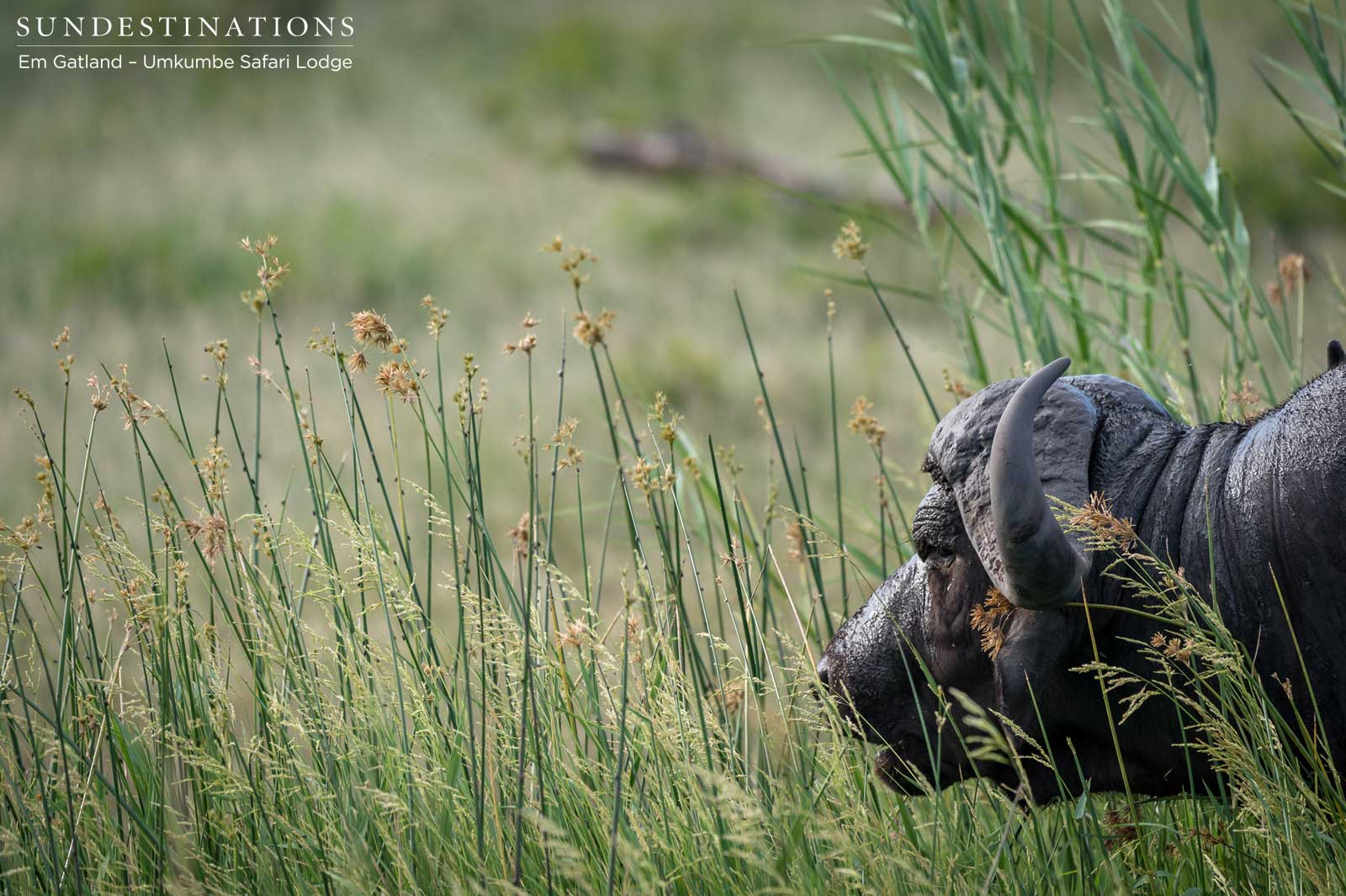
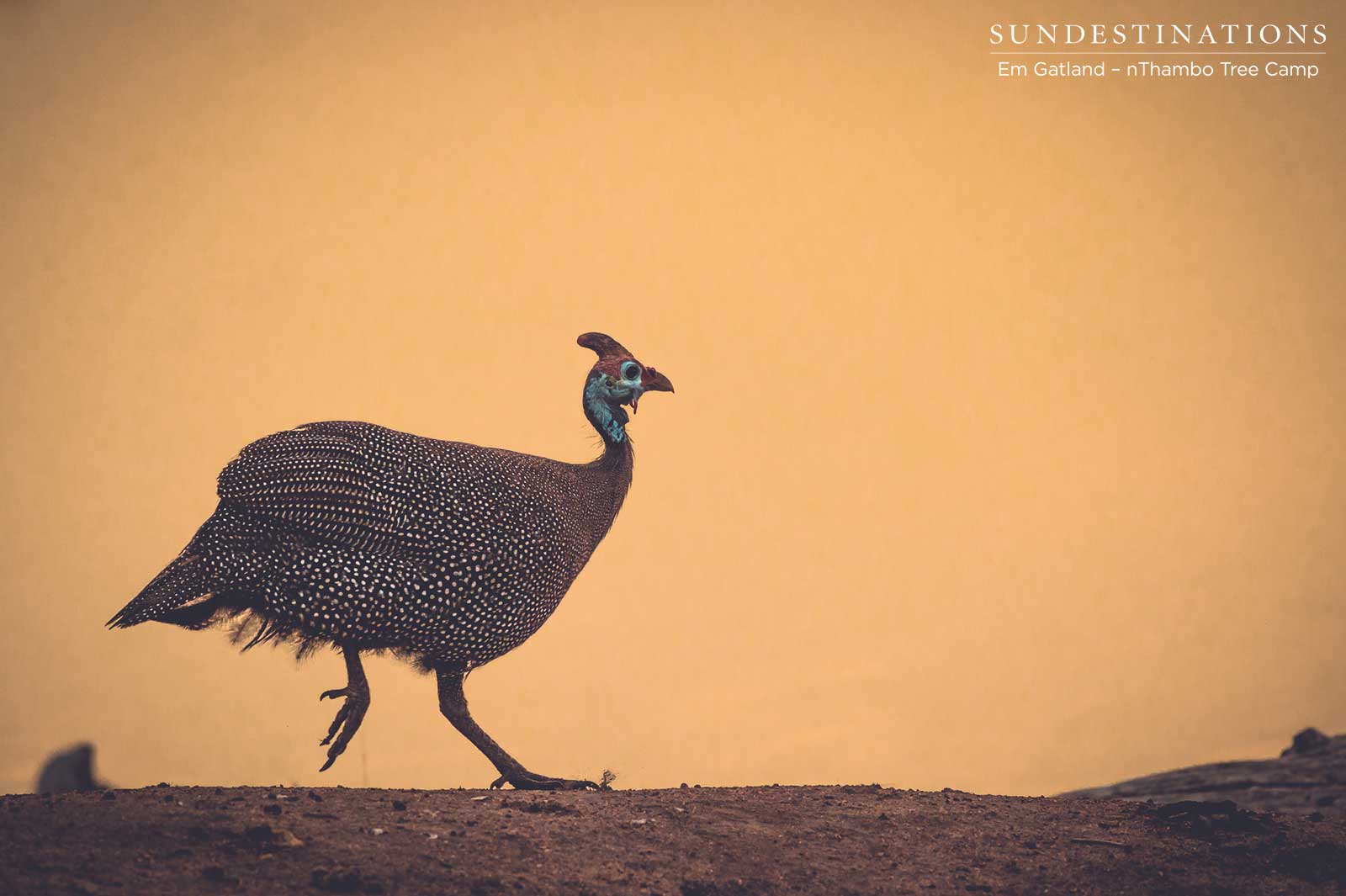
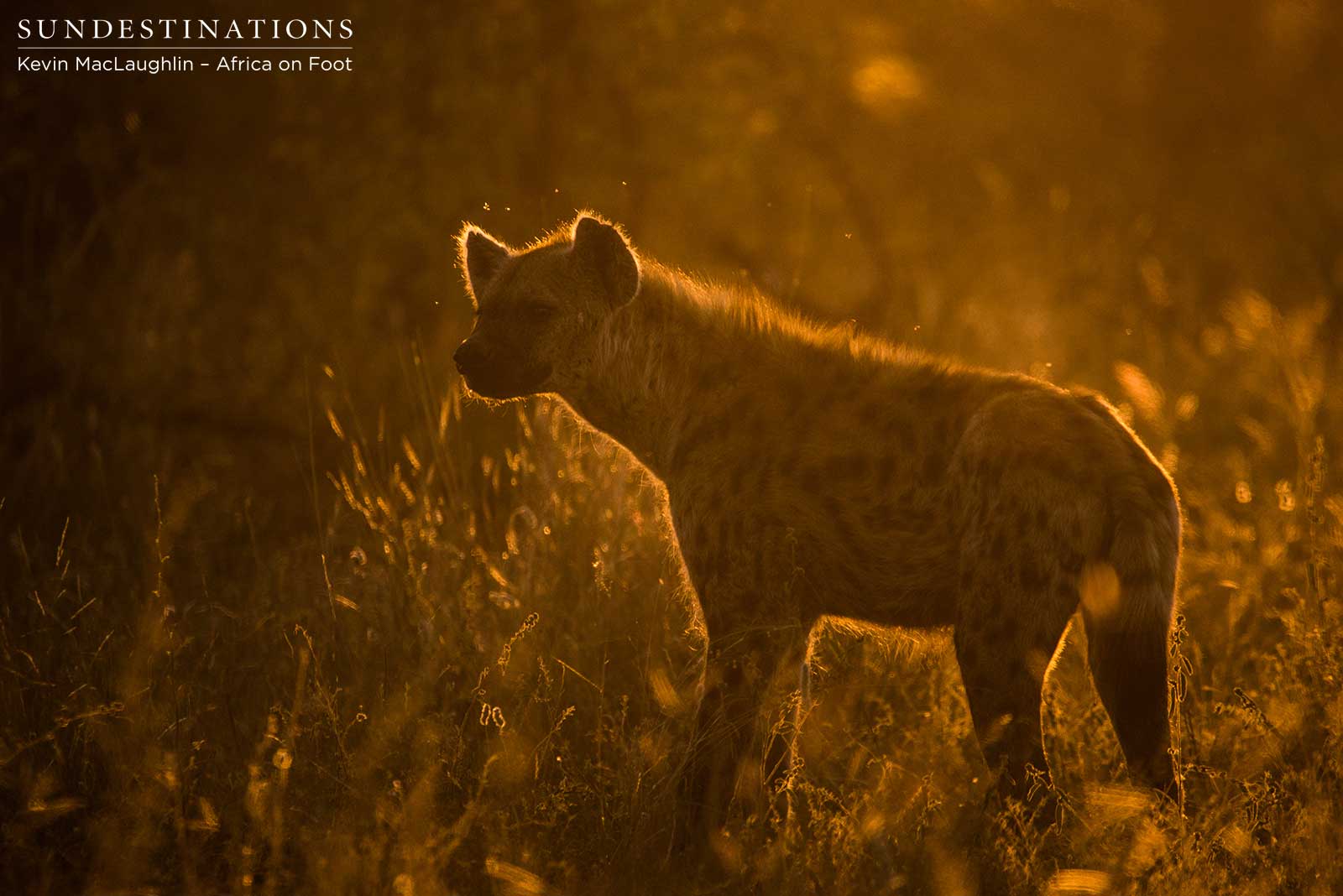
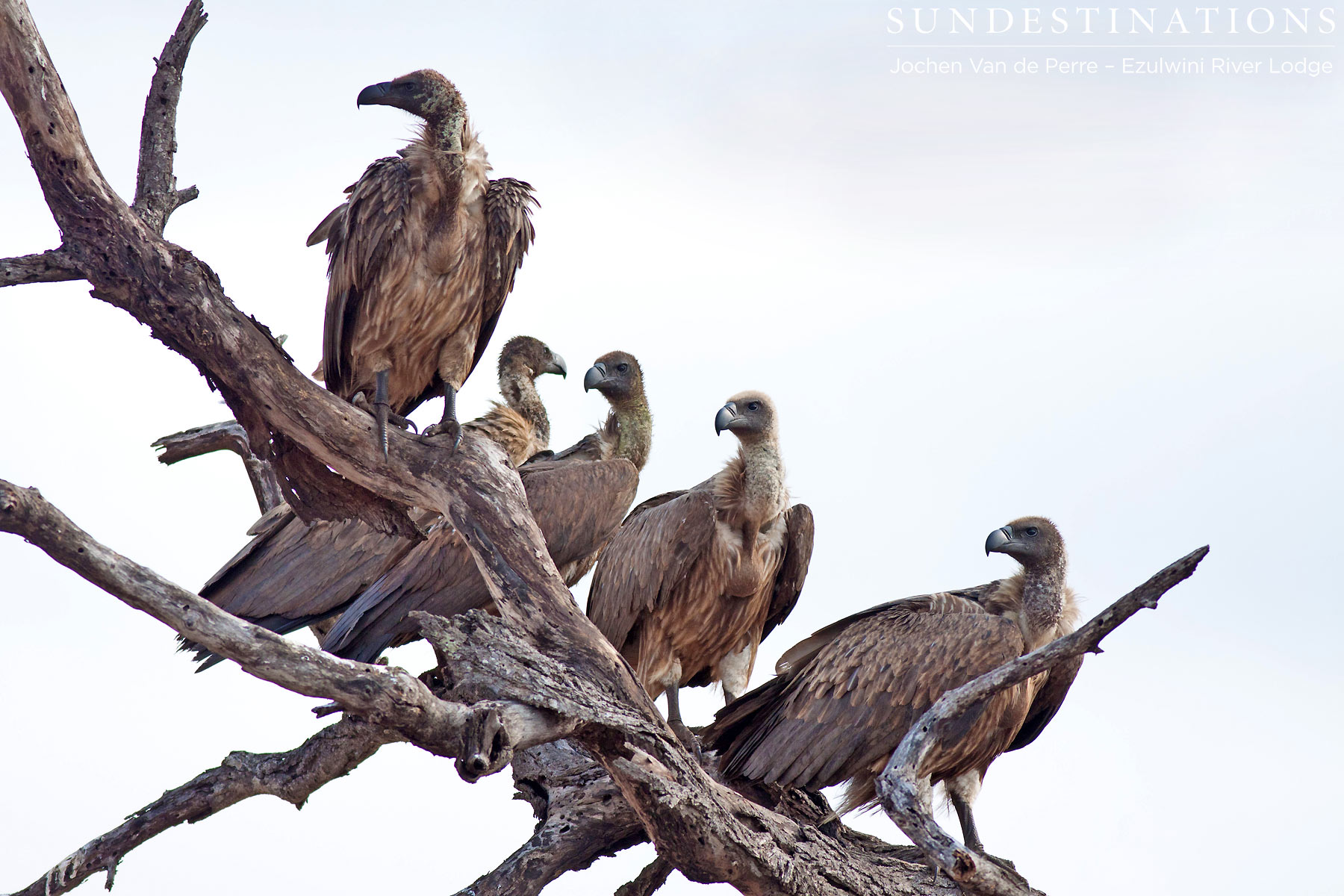
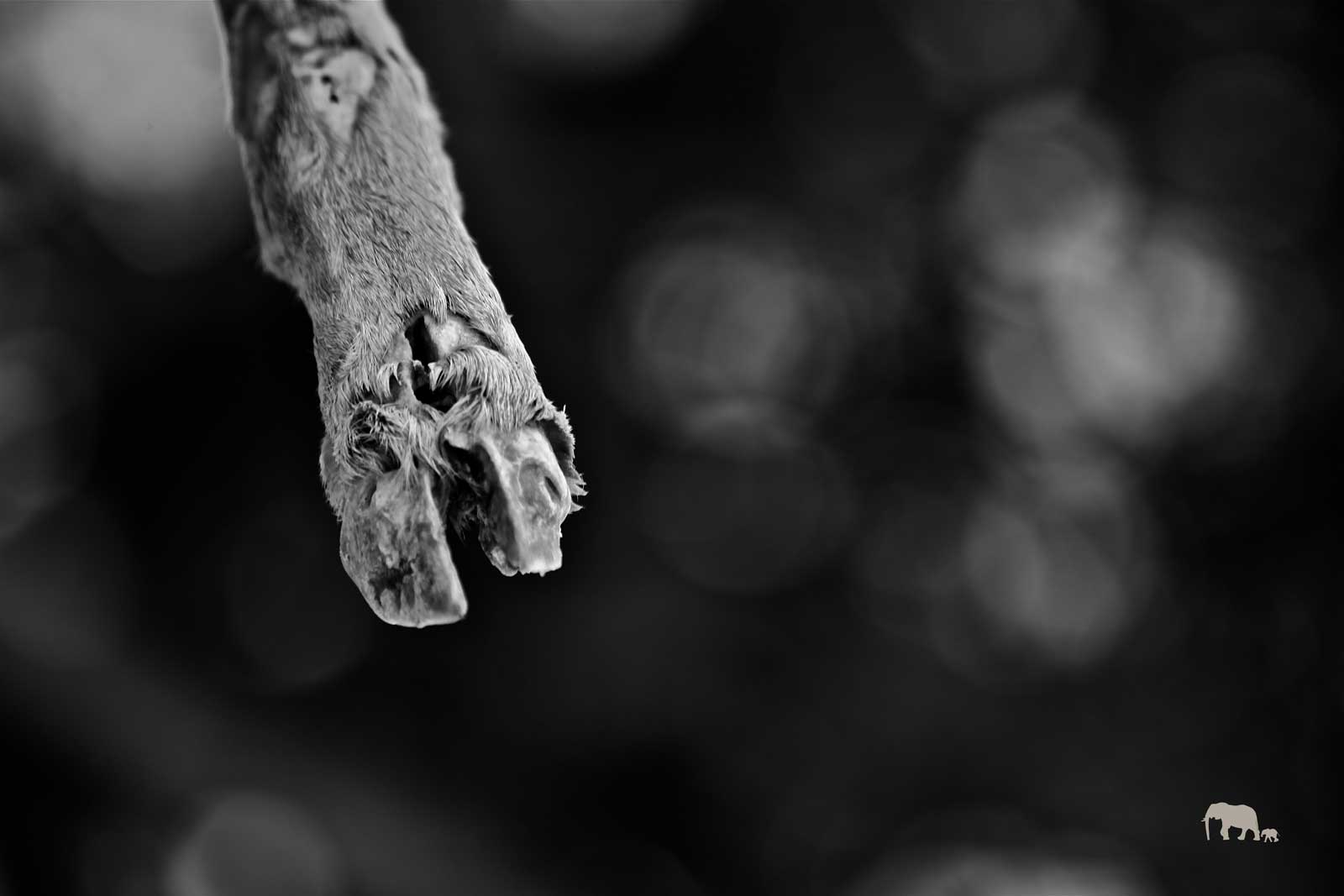
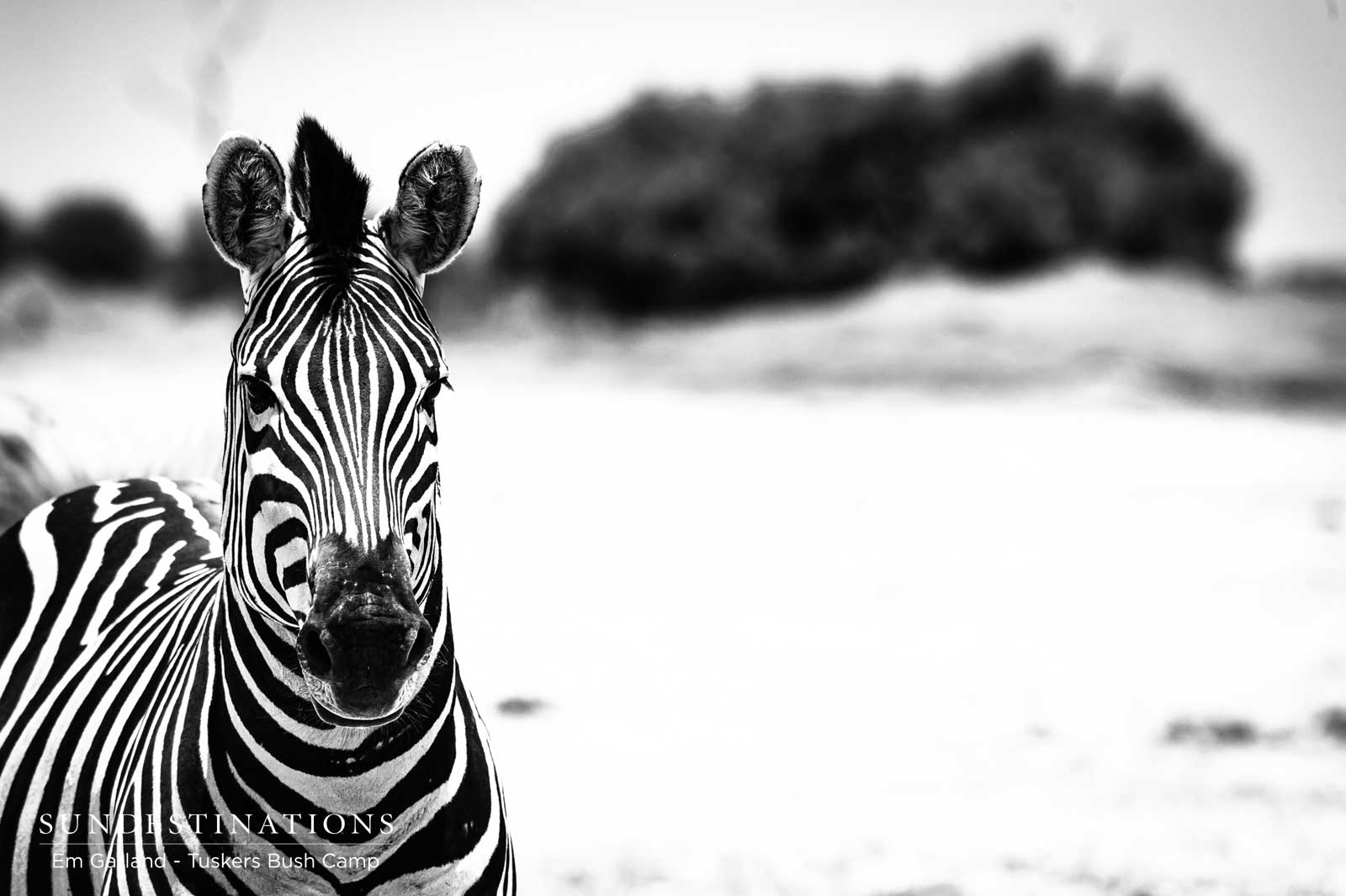
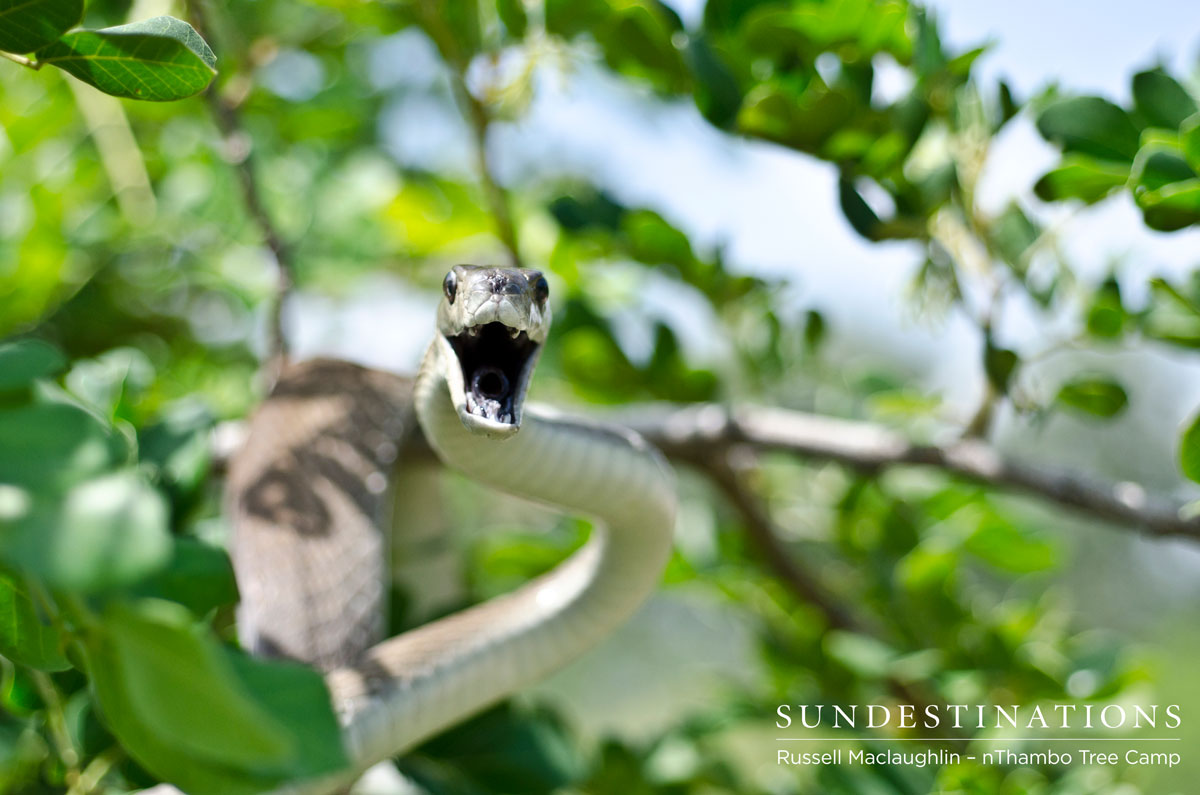
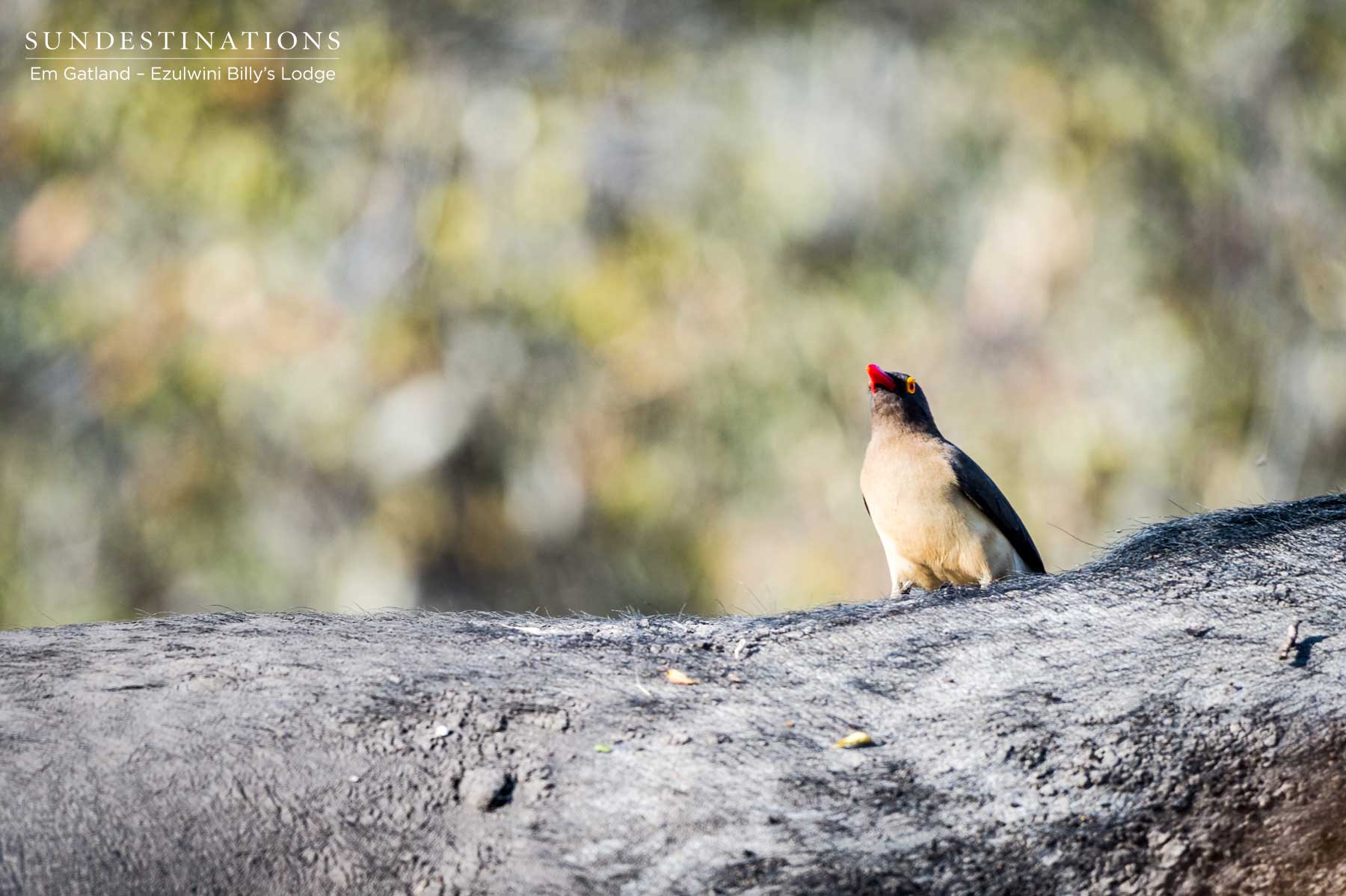
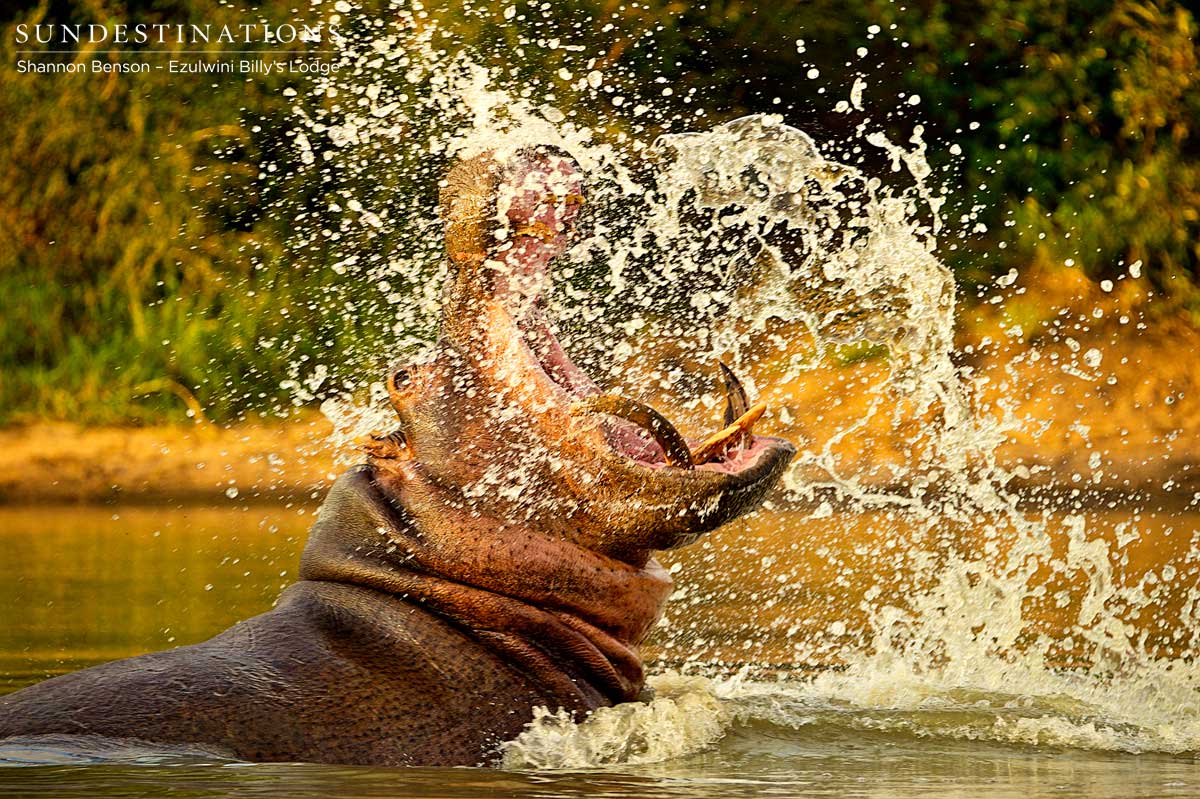
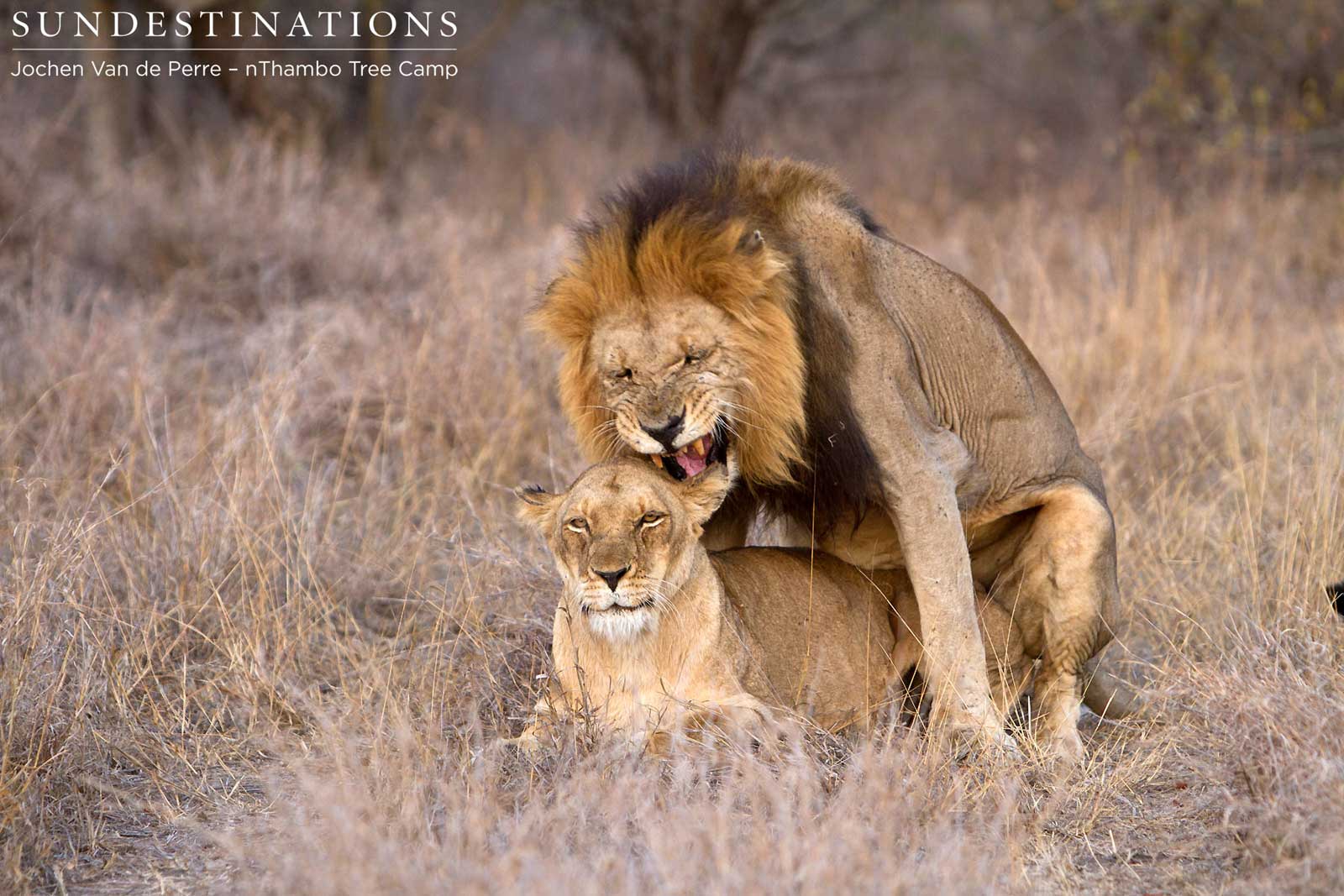
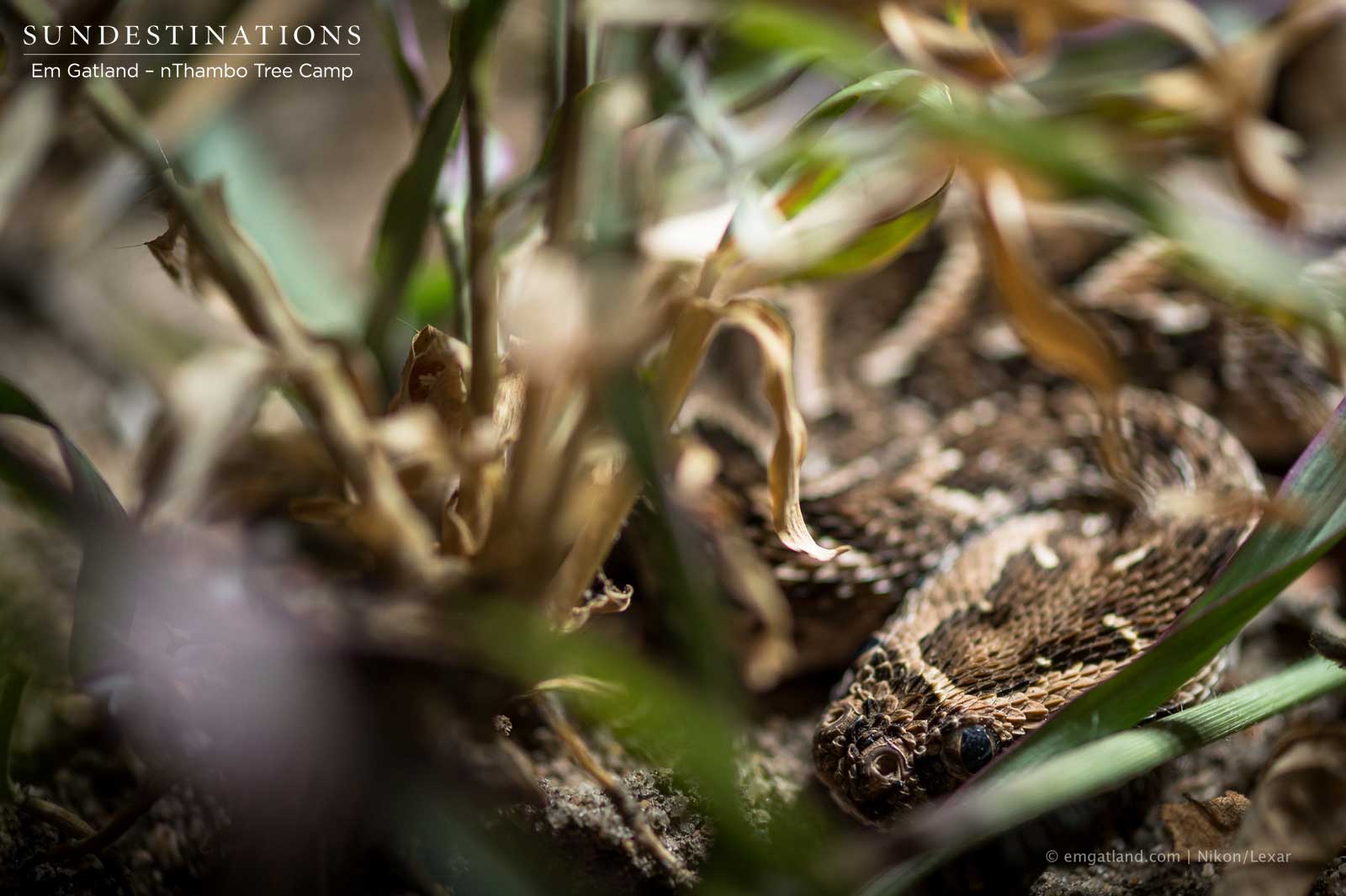
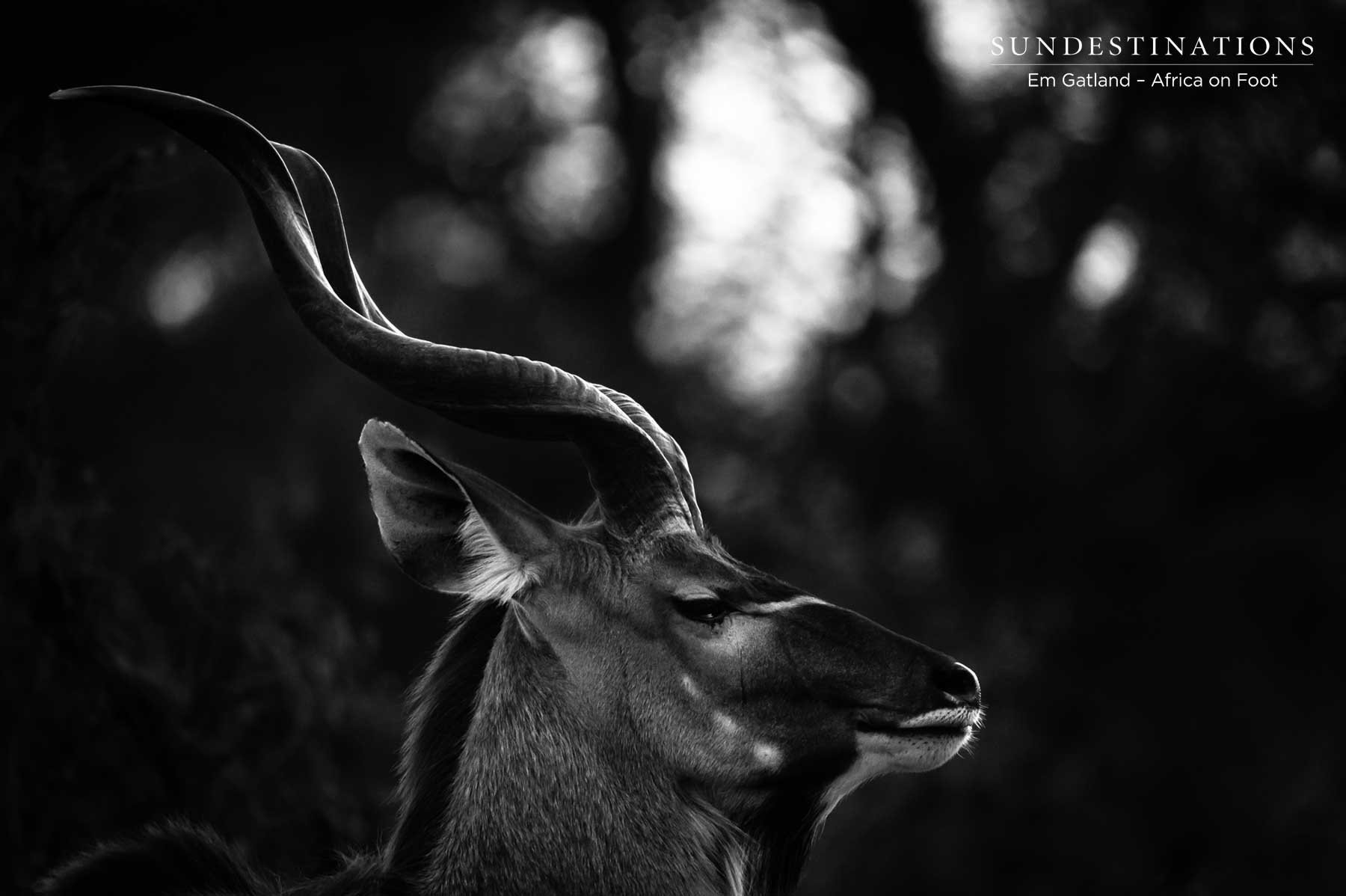
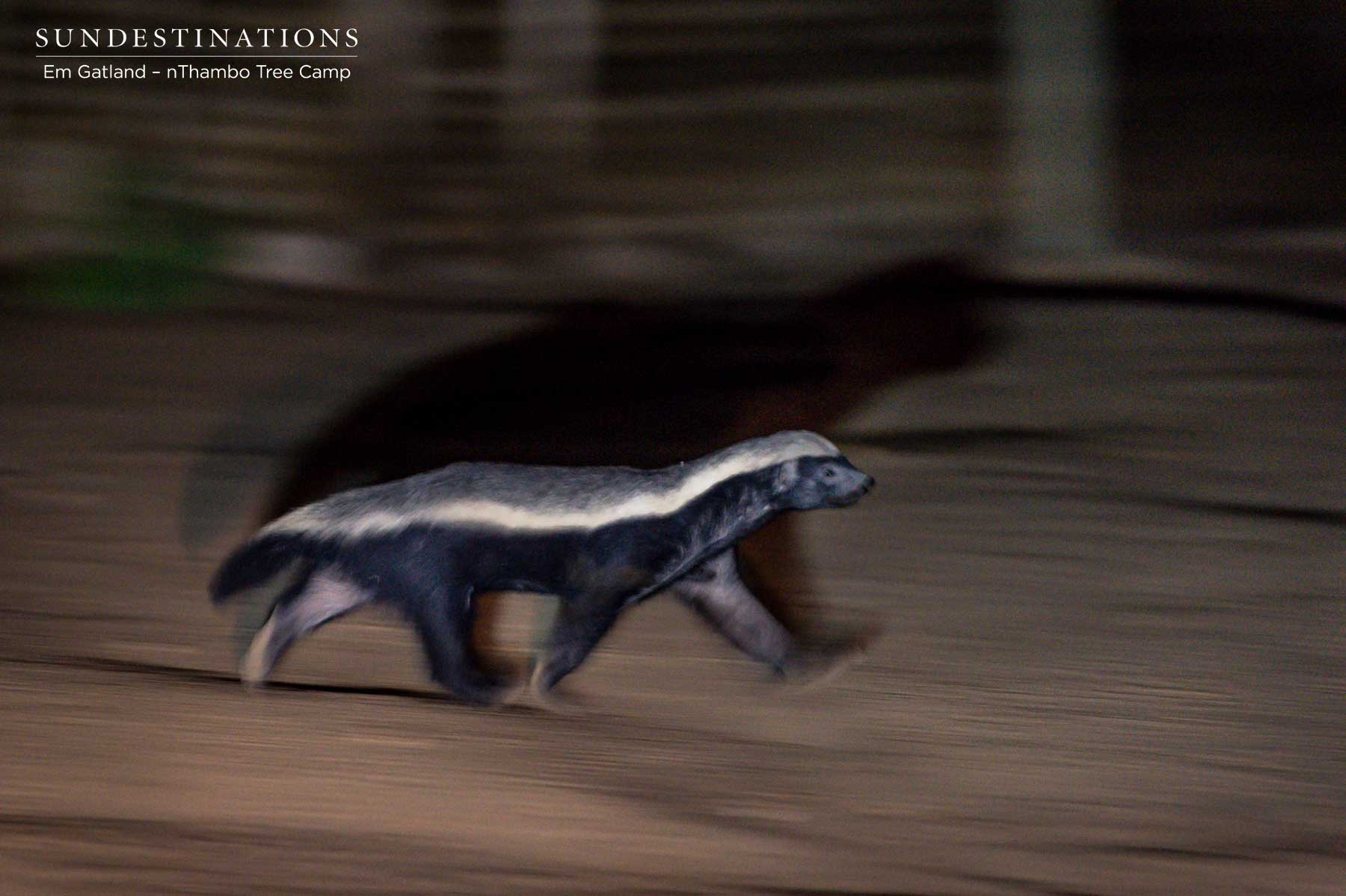
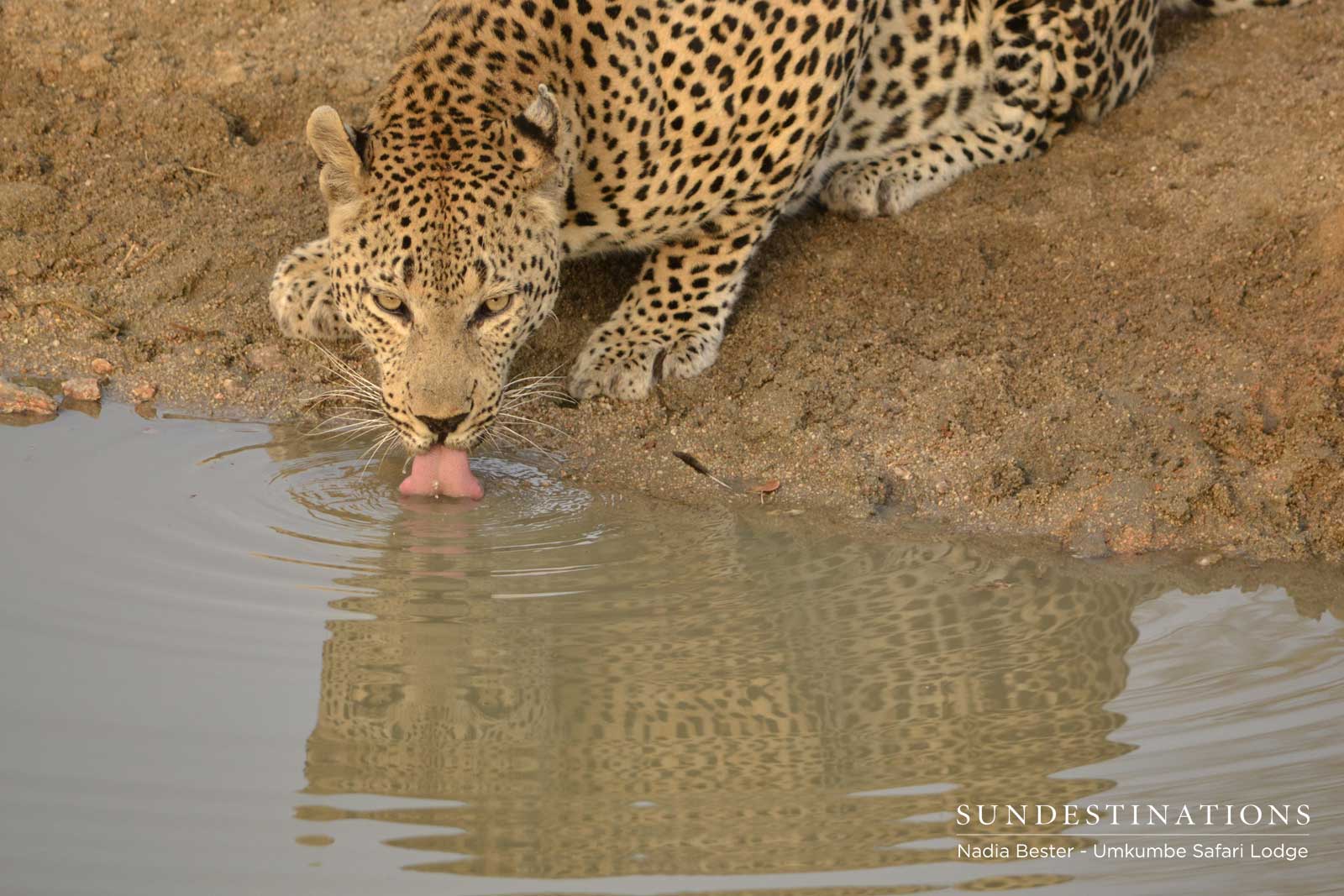
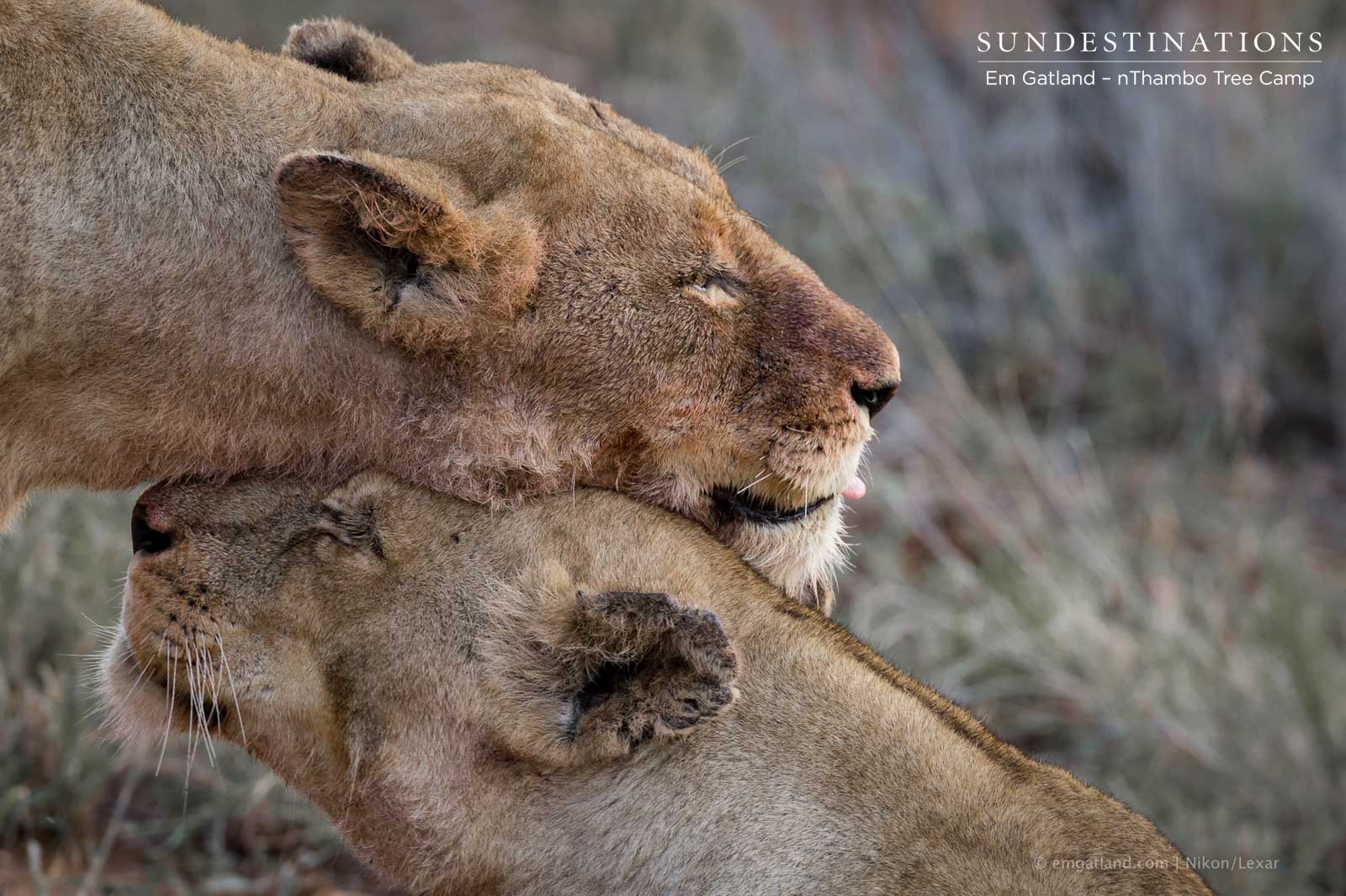
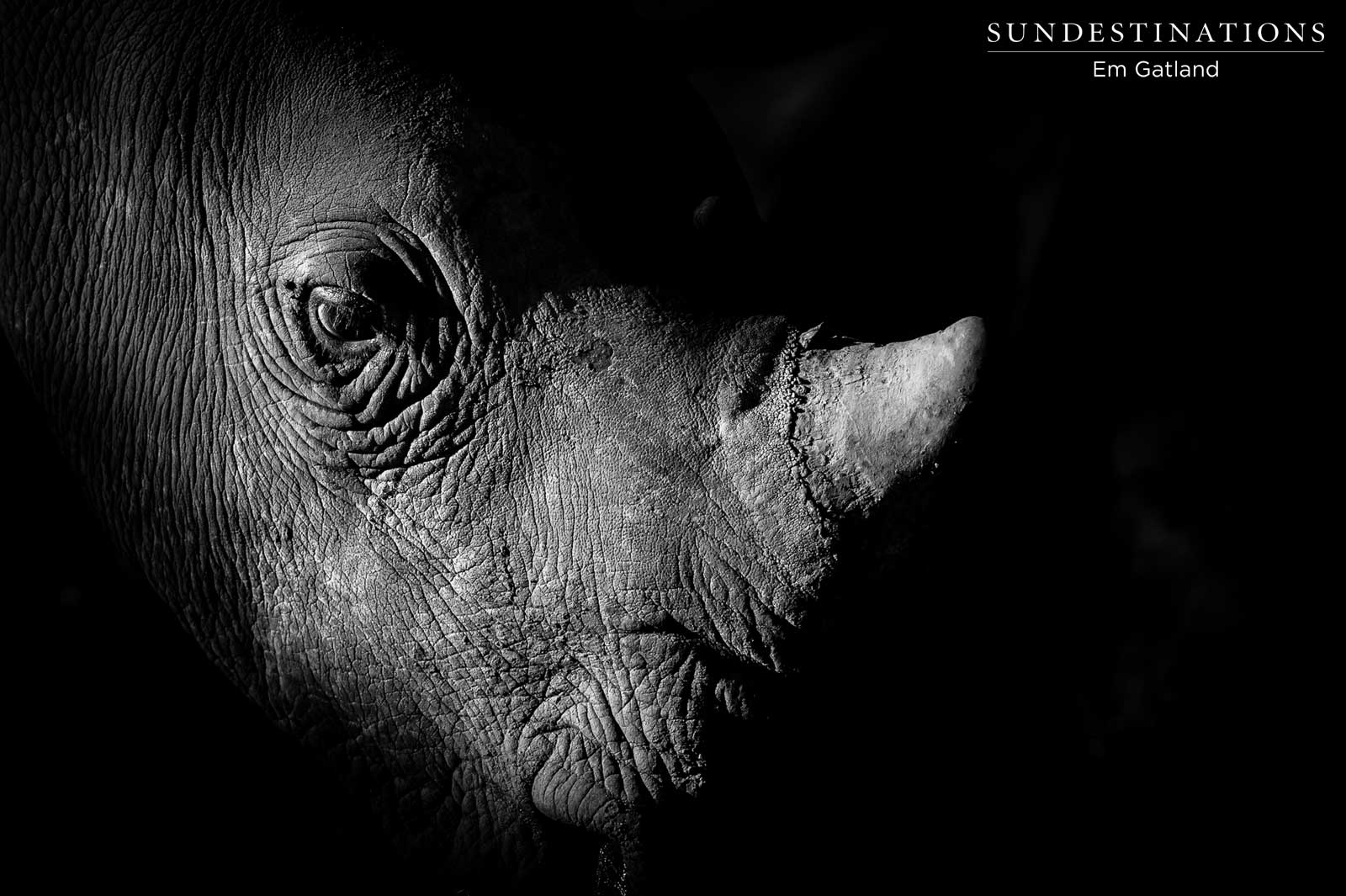
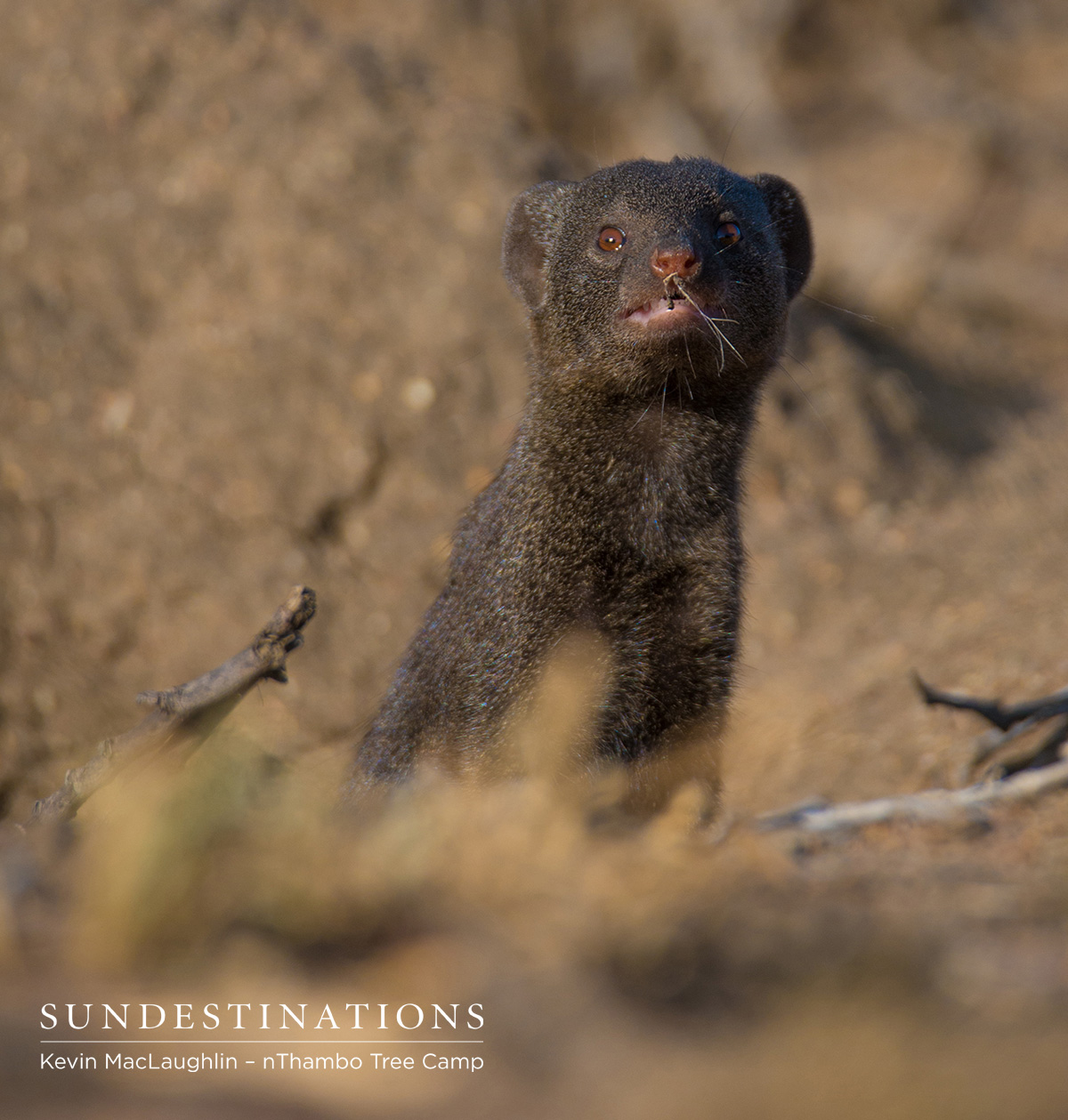
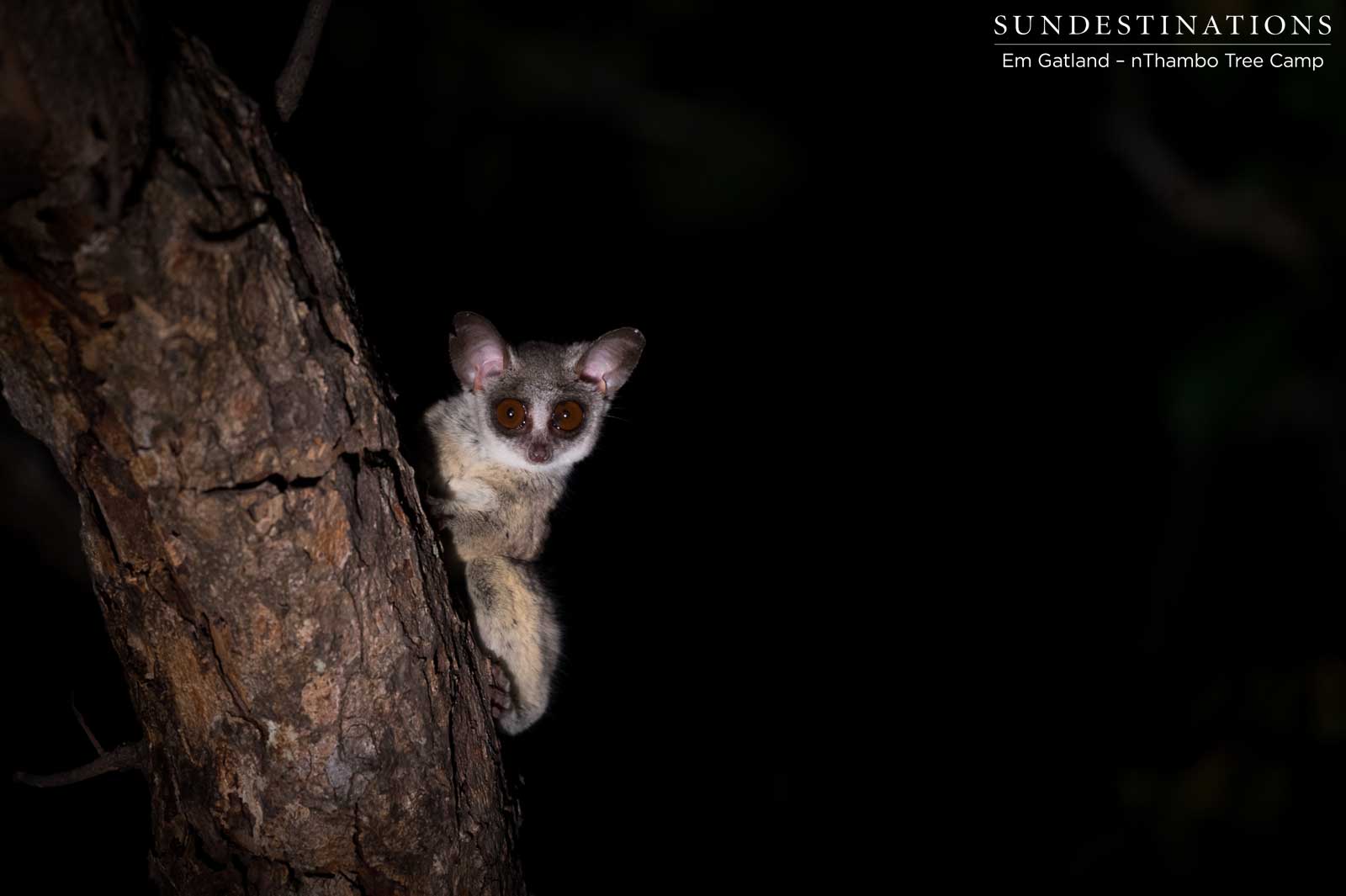
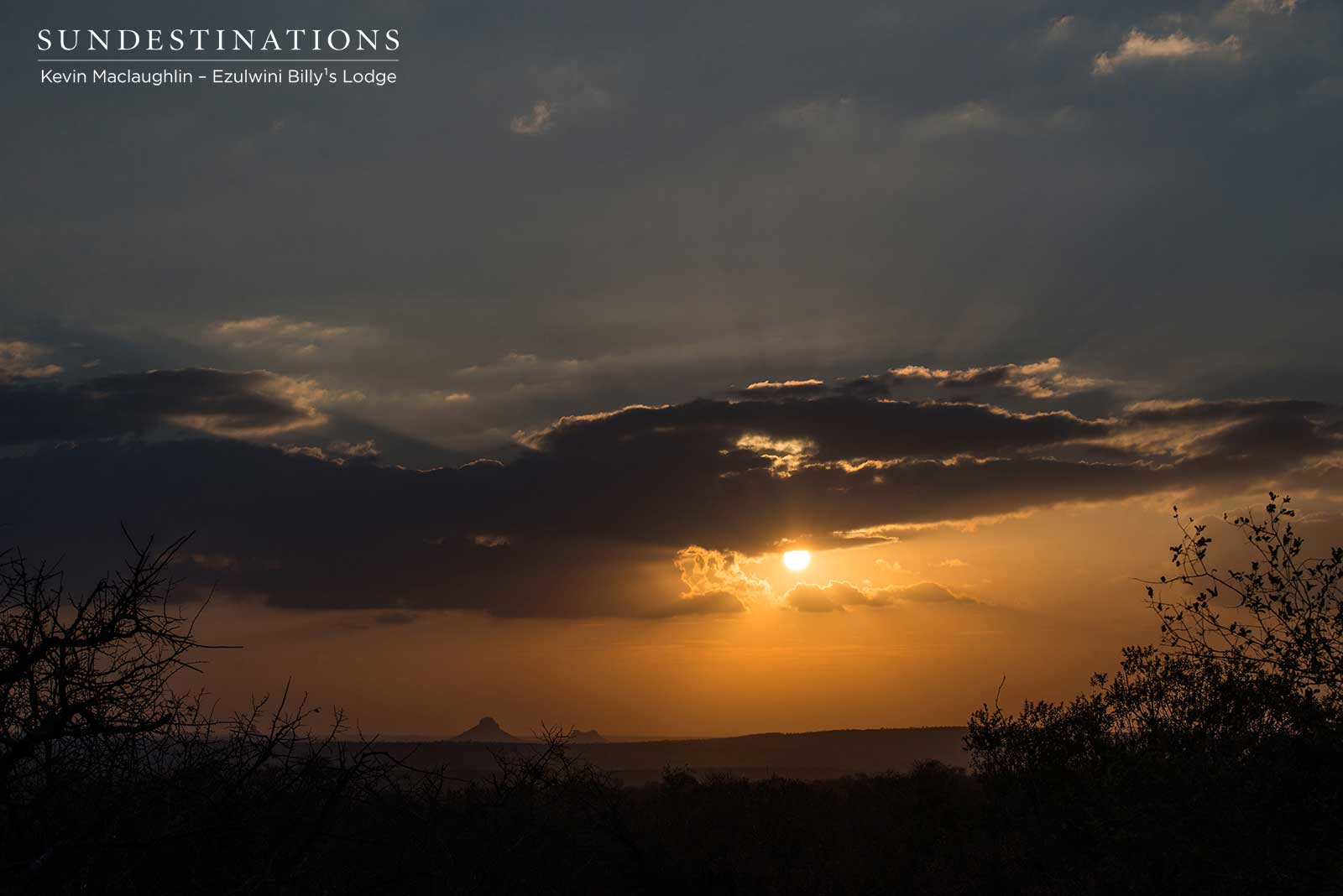
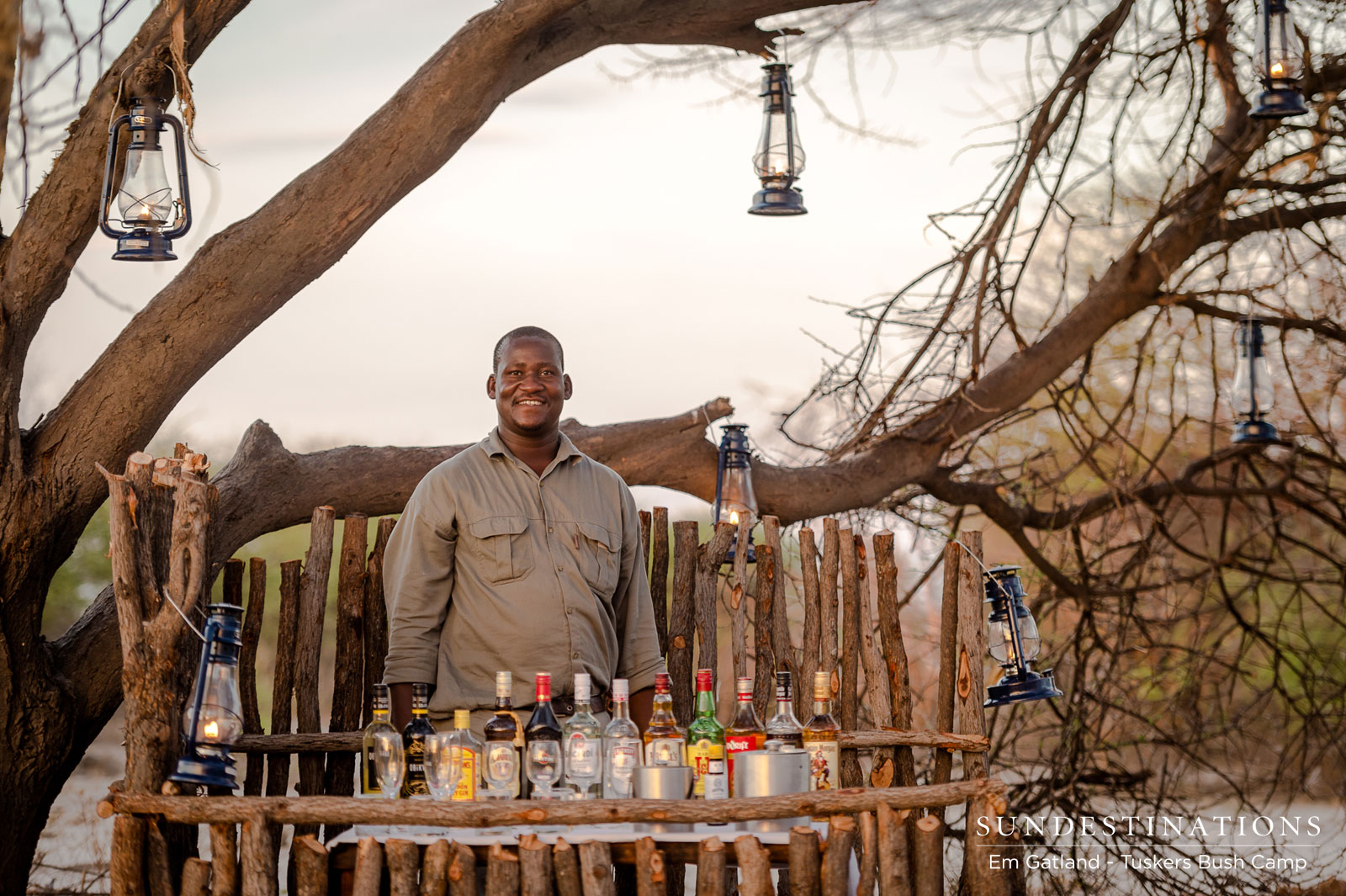
Margaret Kiely